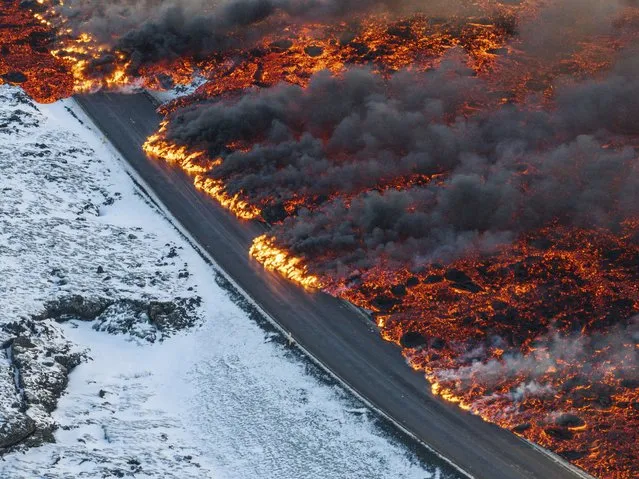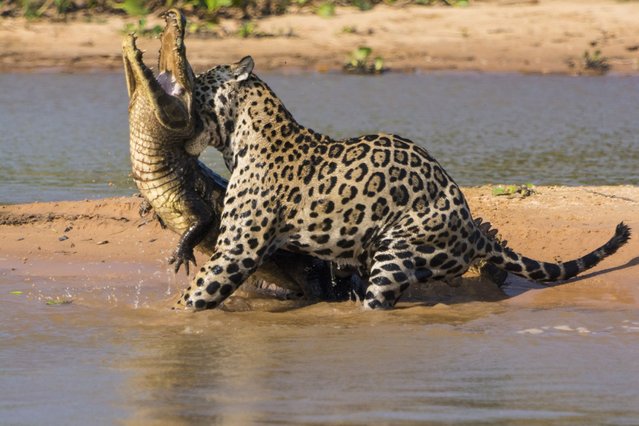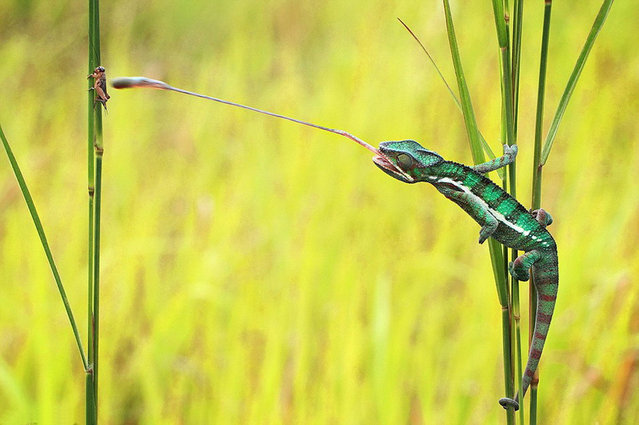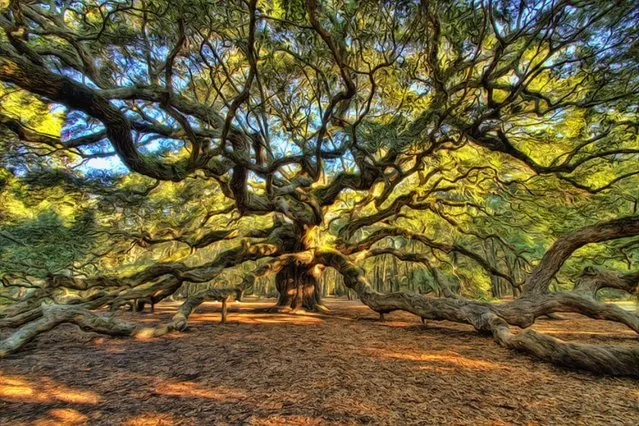
A view of lava crossing the main road to Grindavík and flowing on the road leading to the Blue Lagoon, in Grindavík, Iceland, Thursday, February 8, 2024. A volcano in southwestern Iceland has erupted for the third time since December and sent jets of lava into the sky. The eruption on Thursday morning triggered the evacuation the Blue Lagoon spa which is one of the island nation’s biggest tourist attractions. (Photo by Marco Di Marco/AP Photo)
17 Feb 2024 06:41:00,post received
0 comments







